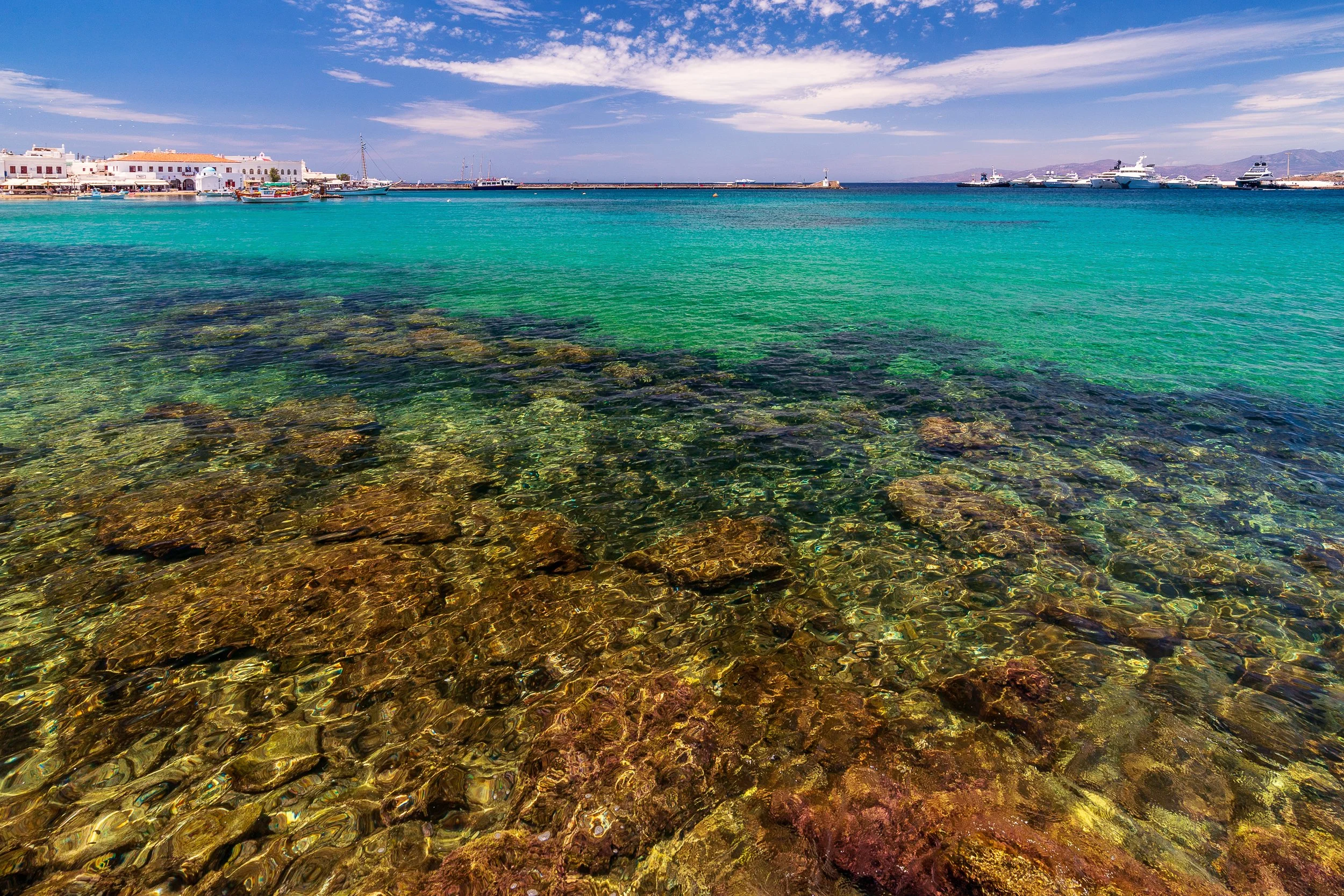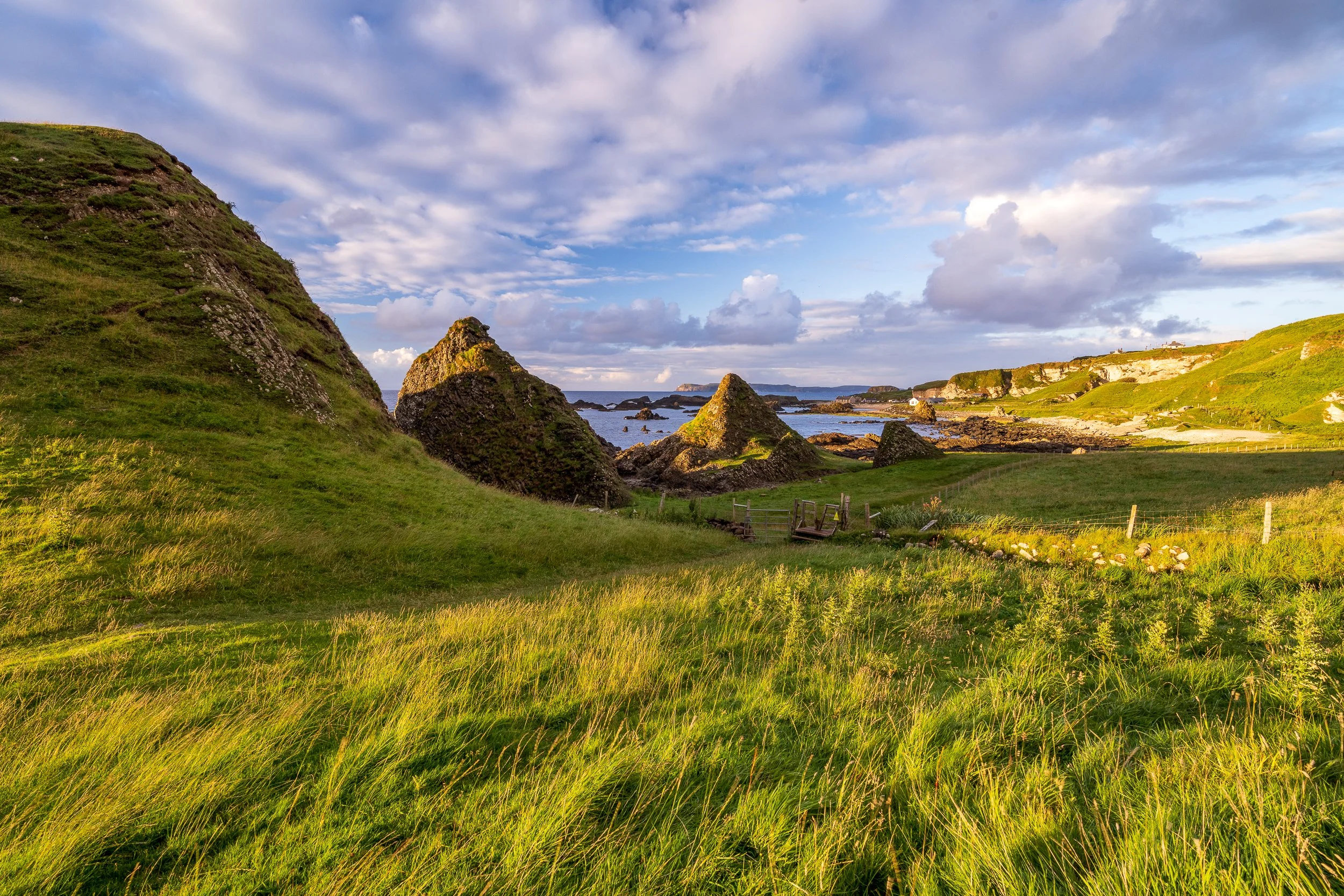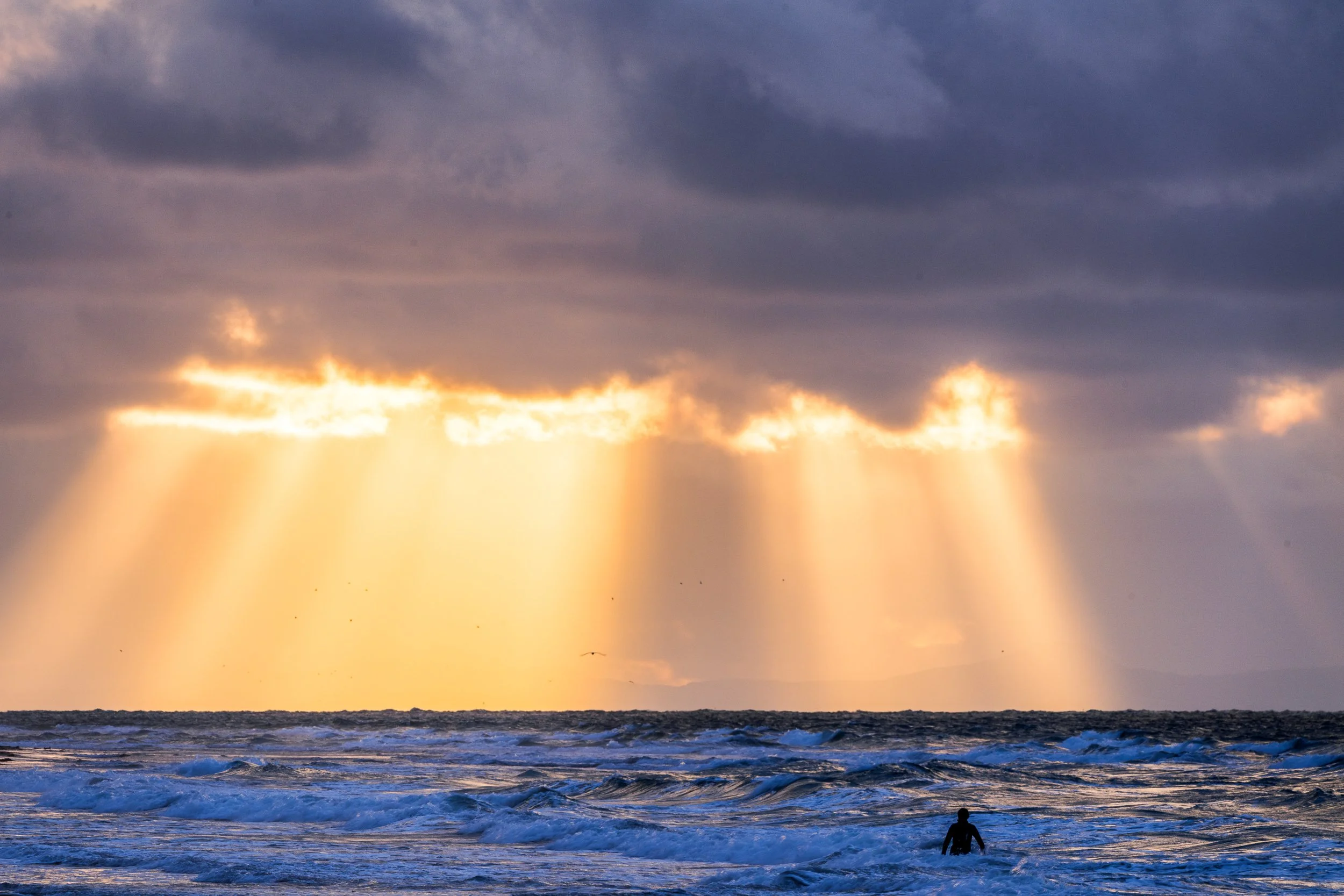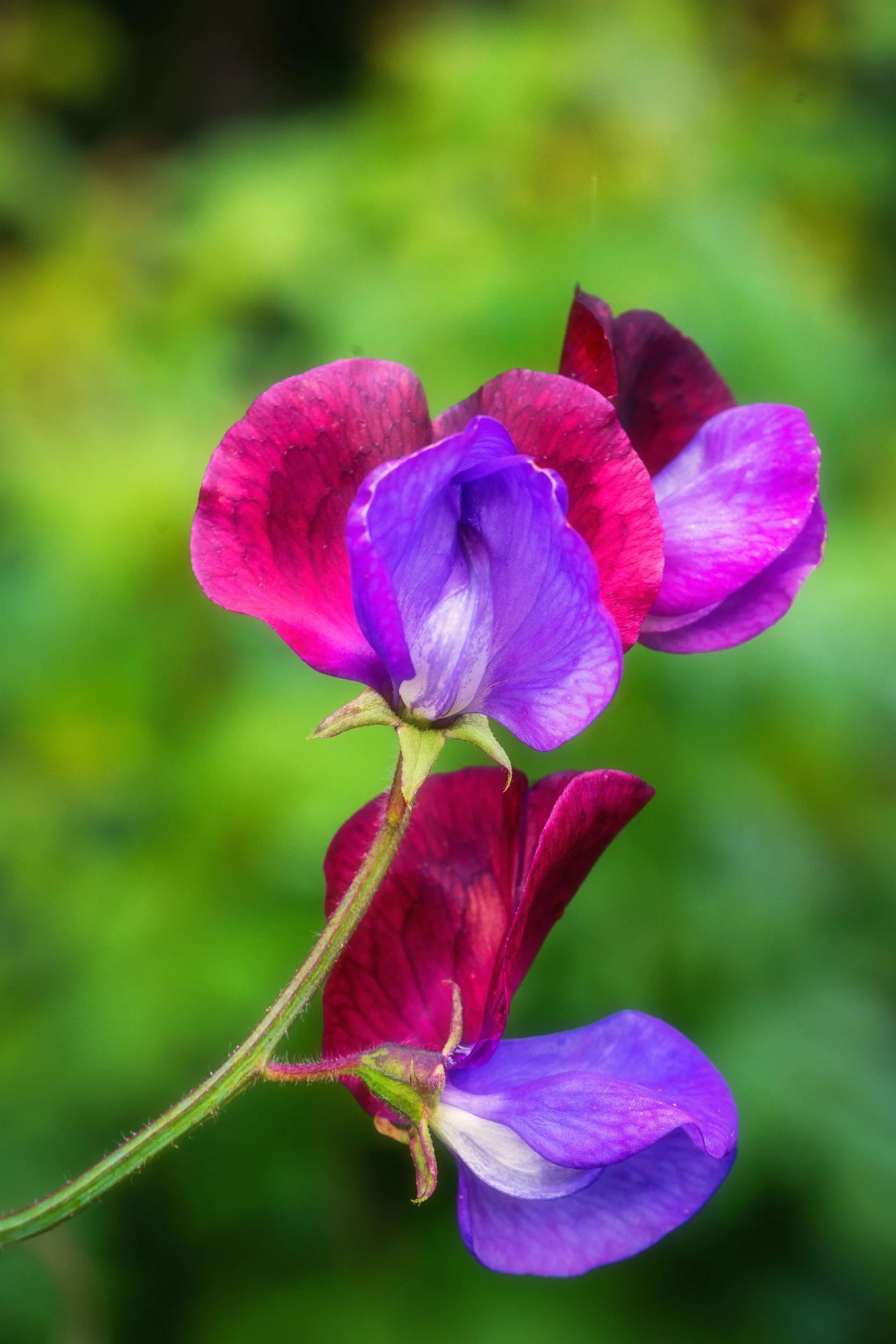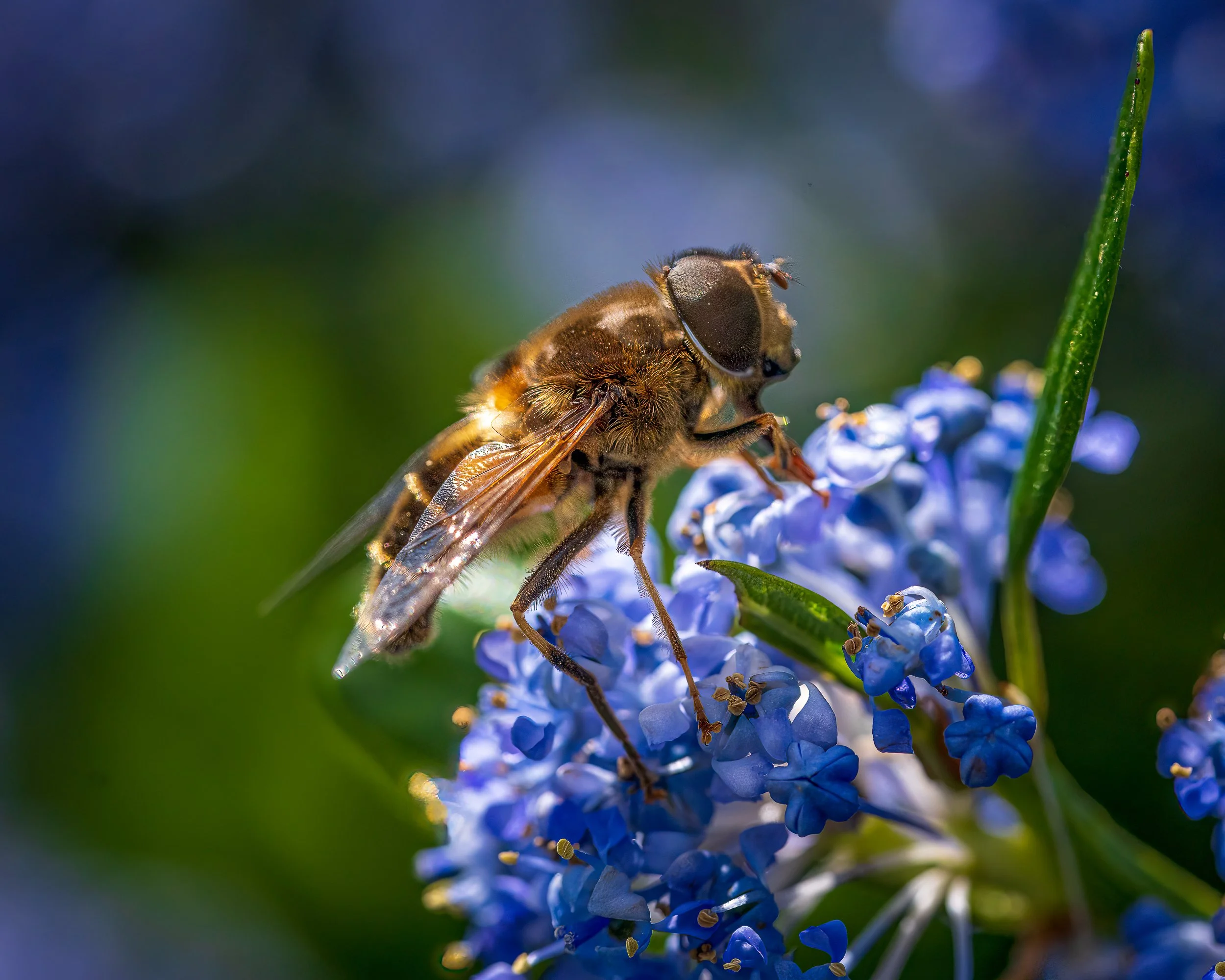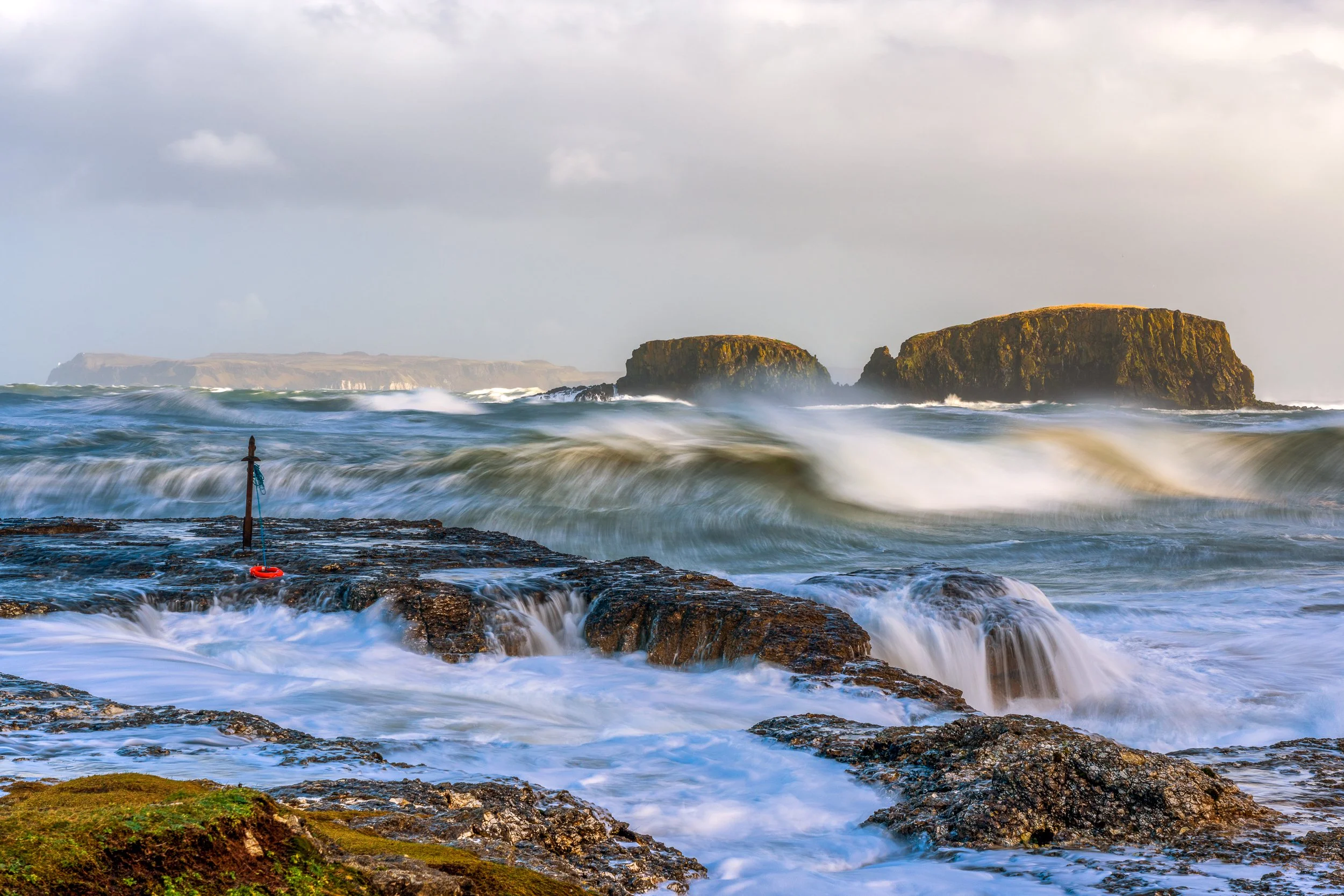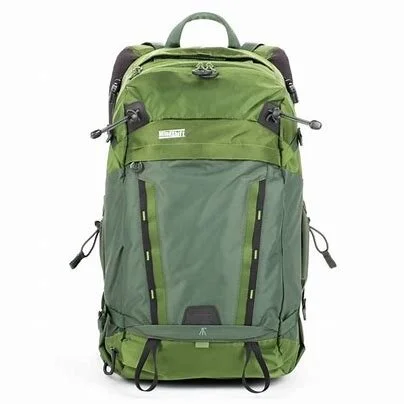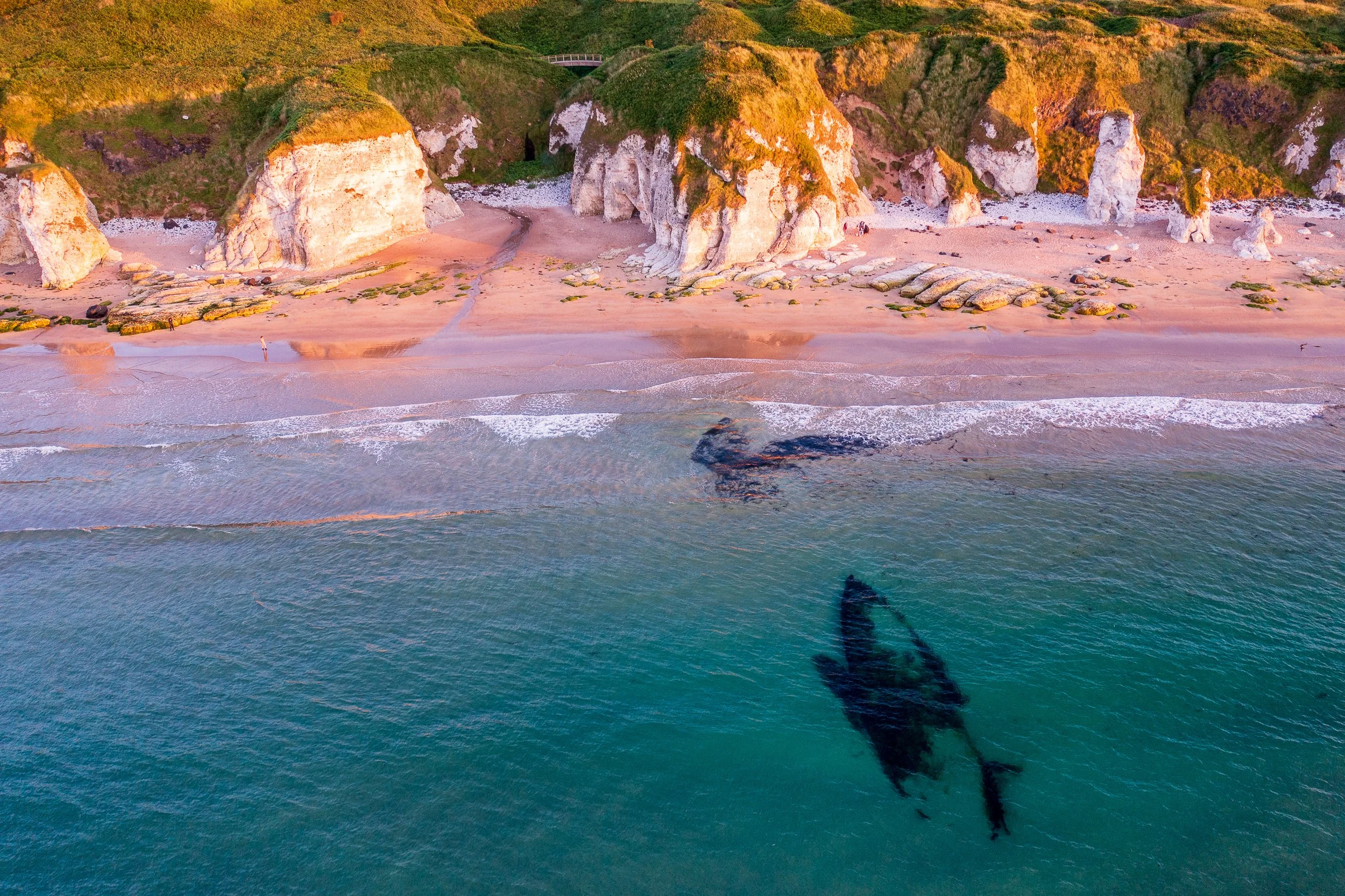My Outdoor Photography Setup for 2022
Change
Two years have passed since I wrote my last gear update, an indication that either gear no longer holds the same interest for me, or (more likely) that I just didn’t get around to doing it!
Much hasn’t changed. I haven’t been seduced by even more megapixels or larger sensor size. The Sony still does the job I need and then some. But there have been a few additions and subtractions as my photographic interests have changed somewhat. Covid restrictions forced me to experience the outdoors closer to home, which in turn led to an unfinished personal project photographing birds in flight, as well as greater interest in macro and abstract photography. Once restrictions eased I found myself spending much more time in the mountains, travelling lighter when I could.
This is my basic setup consisting of two camera bodies, three general lenses and one specialist lens. Thanks to the great generosity of a kind friend this year I have added the Sony A9 to use alongside my A7R4 both as a backup camera, in case something goes wrong (as it did in the Mournes early this year!) and for shooting Astro. With its fewer pixels and larger individual pixel size, it is much better than the A7R4 in very low light.
In addition I now have the Sony 16-35 2.8 for both wide-angle and night sky photography, replacing the Zeiss 18mm. Although it is heavier than the Zeiss, it shoots wider and does more. I have retained the 24-105 although I am using it much less, and also the 100-400, which I am using a great deal more, especially for birds, when the crop mode of the A7R4 comes into its own, still giving me a 26mp photo. The specialist lens is the Sony 90mm macro, which also doubles for portraiture. I normally leave it at home when going on a trek or overseas trip. The other three lenses together allow me to shoot for 16mm to 400 (600 in APSC mode) which generally is more than enough.
The lenses in action
When I need to go wide the extra 2mm of the 16-35 over the Zeiss 18mm is most useful as here to capture the drama of the clarity and colour of the sea on a recent brief visit to Mykonos.
Another example of the ‘big foreground’ effect of using the 16-35 at its widest, to capture the sunlight on the grasses along the coastal walk at Ballintoy.
A panoramic image of the Mountains of Mourne, using the 24-105 (five images stitched together in Lightroom).
The versatility of the 100-400 is illustrated here with its ability to pick out a small object and make it large in the frame, while blurring the background, which in this case are the cliffs at Whiterocks.
The 100-400 is so useful in ‘finding a picture’ in the middle of the chaos of a busy beach in summer.
The macro lens comes into its own in the garden.
And for shooting bugs!
Other landscape essentials
My tripod is a Gitzo GT2545T which I use in combination with an Arca Swiss P0 ball-head, a reasonably lightweight setup which I can still manage (just about) on a longish trek.
Another essential piece of kit for tripod work is an L bracket - I have the SmallRig version on each camera. This allows me to change my camera from landscape to portrait orientation very efficiently. With the amazing dynamic range of the Sony I use graduated filters less and less, but still occasionally use neutral density filters to slow down the shutter speed, especially when shooting water. I purchased the new Kase magnetic polarising filter this year and have found it excellent so far. When using the tripod, I also use the Sony remote to help avoid camera shake. It also helps greatly in wave photography to get the timing right.
Of the making of bags…
I switch between three bags. A small Manfrotto messenger type bag suffices for a one lens setup - when out with the family, for example. (Although nowadays I usually just bring my iPhone.) A slightly larger Manfrotto messenger bag works for a two lens set-up, especially for travel as it easily complies with all carry-on regulation. For landscape photography in the UK and Ireland, especially if it involves any degree of trekking (and it usually does), I use a Mindshift (ThinkTank) BackLight 26L backpack. It just about copes with the Sigma 100-400 and shows no sign of falling apart in spite of my best efforts. A slightly deeper bag would be helpful.
BackLight 26L
I also have a drone. It is a Mavic 2 Pro. It is amazingly stable even in a brisk breeze and the 1” sensor/Hasselblad lens combo is excellent for stills, including panoramas.
Without the drone this kind of shot would be impossible. This is a glimpse of the wreck of the Devereux. which sank on September 5, 1864 with its cargo of wood. Due to winter storms shifting the sands here, the wreck has become visible again.
If I ever get around to it, next year’s gear update will be written as a 70 year-old! I wonder what changes there might be!


